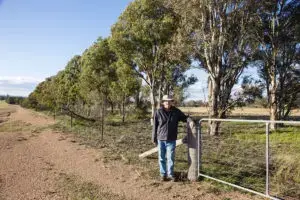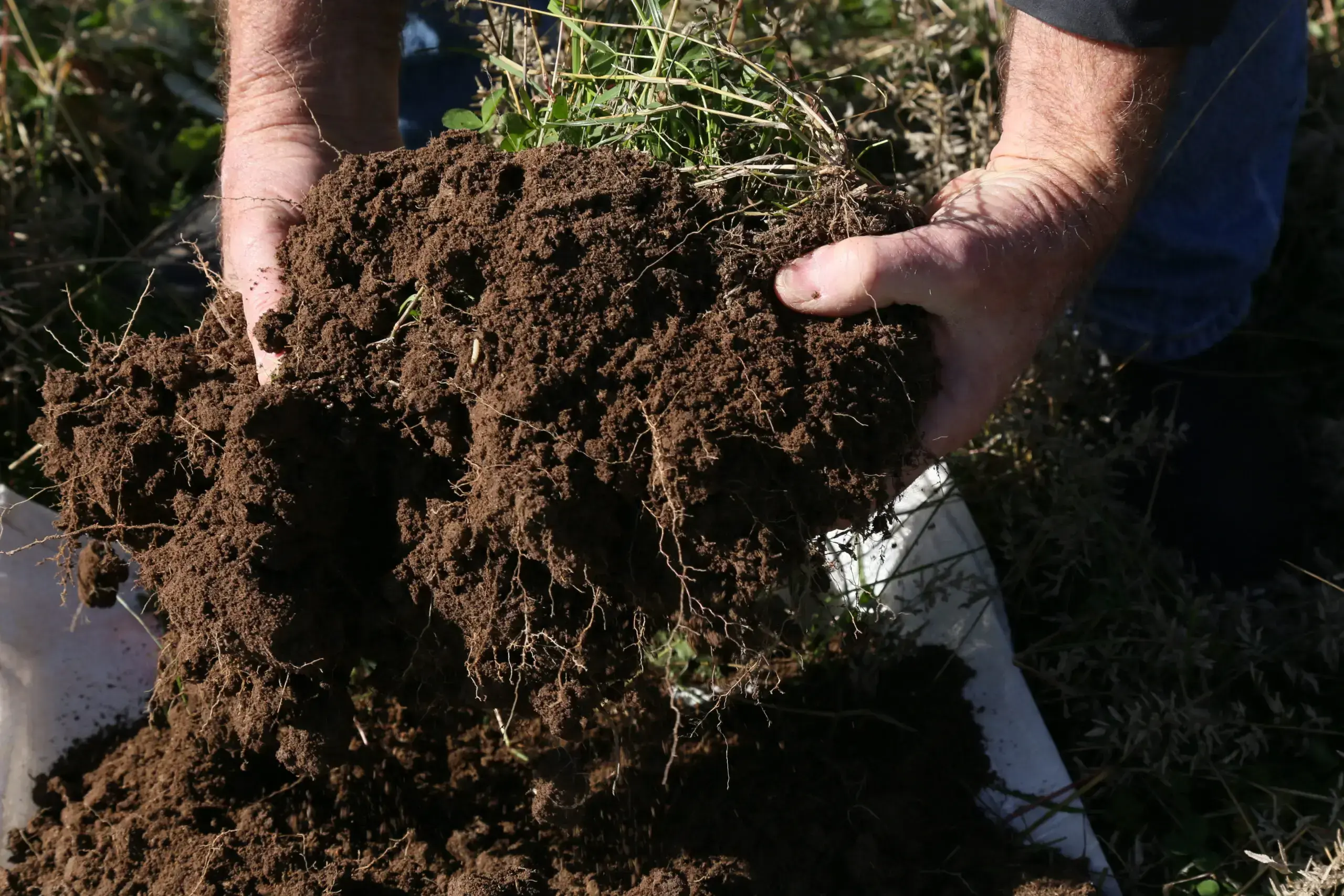National Soil Strategy and 2021 Budget
Soils for Life welcomes the launch of the National Soil Strategy this week, along with an Interim Action Plan and a significant budget allocation as part of the 2021/2 Federal Budget.
The Strategy clearly outlines the importance of soil and soil health for all terrestrial life. Healthy soils will improve the resilience of Australian communities and farm businesses to natural disasters (particularly drought); ensure long-term farm profitability; help mitigate and adapt to climate change; maintain food security and human health; and increase water quality and in-landscape storage.
The role of soils in mitigating natural disasters is increasingly apparent. Healthy soils mitigate the impact of floods, fire and drought, in particular by increasing water infiltration and storage in the soil. Soil is an excellent mass water storage device. Healthy soil along with vegetation cover improves the small water cycle and microclimatic conditions, which also impacts on rainfall patterns.
National Soil Strategy – Overview

Soils for Life strongly supports the vision identified in the strategy, as well as the guiding principles. We also strongly support the key goals identified in the Strategy:
- Prioritise Soil Health
- Empower Soil Innovation and Stewards
- Strengthen Soil Knowledge and Capability
Soils for Life’s work with some of Australia’s most innovative land managers demonstrates the central importance of Goal 2, empowering soil innovation and stewardship. Land managers are the key decision makers for soils across the vast majority of this country. They are uniquely placed to experiment with innovative soil and landscape management approaches, observe the results and adapt these techniques to their local needs and environment. The design and implementation of the key Budget provisions and the Strategy action plan must prioritise involvement of, and support for, land managers.
Over the last decade, Soils for Life has profiled over 60 exceptional Australian producers who have found ways to restore soil health while building successful, resilient businesses and improving ecological function. The way in which many of these producers have managed the recent drought, and rebounded following the 2019 fires reinforces their success. Going forward, Soils for Life is focused on building upon these successes by supporting local, regional and national communities-of-practice and innovation networks. Our work shows that innovation for improved land management is a social process, and requires collaboration, experimentation, and knowledge sharing for practical approaches to building soils and regenerating landscapes.

Colin Seis from our Winona Case Study
This includes collaboration with researchers and policy makers. In order to make the significant and rapid progress we need on soil health, investment in science must go hand in hand with programs and policies that support innovative producers to share their on-ground knowledge and engage directly in communities-of-practice around soil and landscape innovation, and that support producers to experiment with new practices. The research community can help us understand what’s working and why, and the social factors that are key to successful adoption. Producer/research collaborations can then inform the direction and design of government policy. The new Rangelands Living Skin initiative is an excellent example of this bridging between on-ground practice, research and policy. This aligns closely with the Strategy’s guiding principles, which recognise the importance of collaboration, knowledge sharing, immediate action and practical, place-based knowledge and adaptation.
The measures announced in the Budget present a significant opportunity to deliver on these goals. The ongoing design and implementation of these measures will be key, and ensuring that all measures are informed key stakeholders (particularly producer needs and perspectives), and designed to meet their needs will be critical.
We congratulate the Commonwealth on this important step forward, and look forward to working with them to progress the implementation of this critical national endeavour – to support Australian farmers to regenerate the nation’s precious soils and landscapes.





